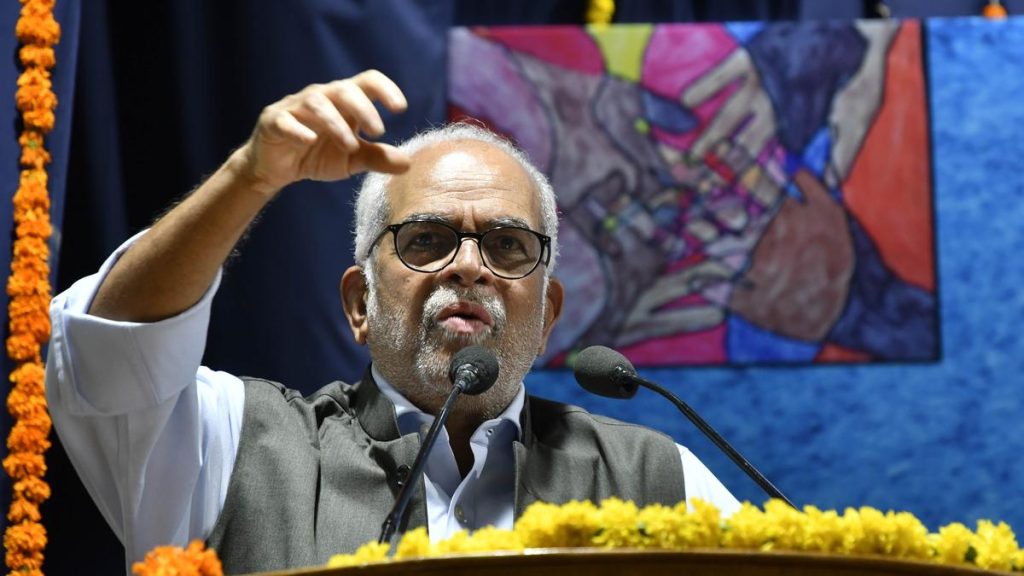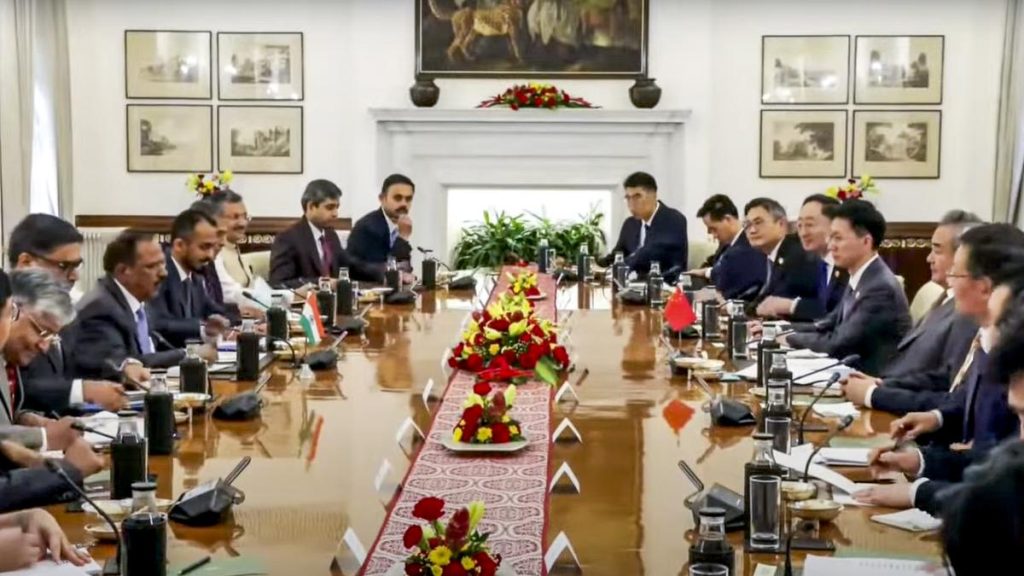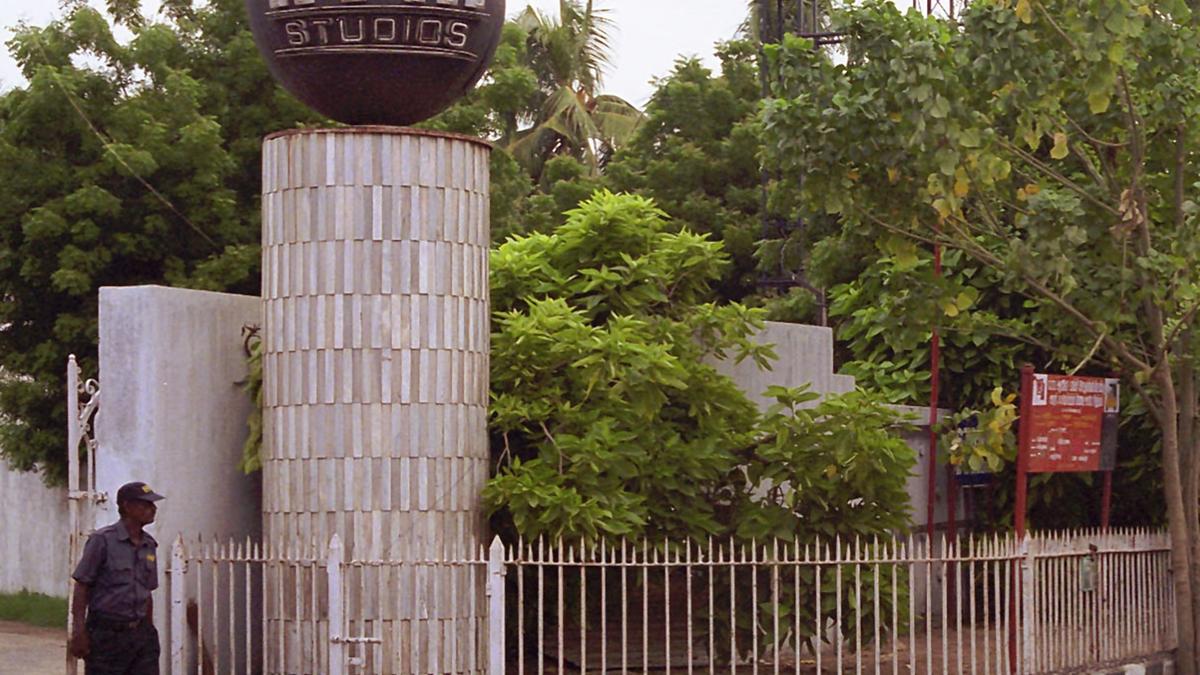Now Reading: Madras Day 2025: Parai Drums Reverberate Across Chennai
-
01
Madras Day 2025: Parai Drums Reverberate Across Chennai
Madras Day 2025: Parai Drums Reverberate Across Chennai
Quick Summary
- Parai is an ancient percussion instrument with a history in Tamil culture, originally used during the Sangam Age for announcements and gathering. It faced caste-related stigma, being labeled inauspicious and associated primarily with mourning.
- Folk art collectives such as Maiyam Kalai Kuzhu,Buddhar Kalai Kuzhu,and Nanbargal Gramiya Kalai Kuzhu are reviving interest in parai across Chennai through workshops and performances.
- young professionals from fields such as facts technology (IT) have started learning parai, inspired by movements like Eelam and Jallikattu. Despite growing interest, securing practice venues remains challenging.
- Artists such as Manimaran Magizhini have traveled globally to perform parai while highlighting it’s cultural meaning. Efforts have also been made to remove the stigma surrounding it through activism and collective work.
- Women face dual barriers playing parai due to cultural taboos; however, initiatives like all-girls ensembles at Avvai Home TVR Girls’ Higher Secondary School showcase progress toward gender inclusivity.
- Parai continues to integrate into modern spaces, including film industries, educational platforms, corporate events, and international collaborations.
Indian Opinion Analysis
The revival of parai signifies a profound shift not just within Chennai but across Tamil society concerning how customary arts tied to marginalized communities are perceived today. By breaking barriers associated with caste labels or social taboos-especially those affecting women-the renewed enthusiasm for parai points towards underlying societal changes prioritizing inclusivity amidst modernity.
As IT professionals join folk art groups or institutions foster all-girls ensembles actively competing at festivals-a grassroots transformation emerges where past stigmas are replaced by appreciation of heritage values.
Global collaborations further amplify India’s soft power potential by exporting cultural traditions shaped by resilience; they serve both artistic communities hear while enriching global multicultural dialogues abroad.
Read more: source article
























